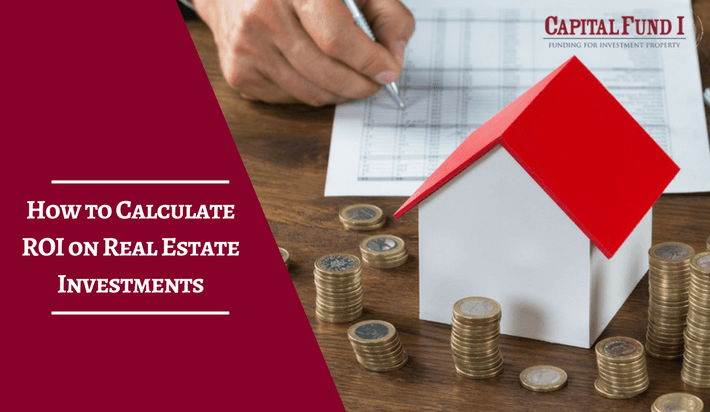When you have invested in a piece of real estate, you need to know what your return on investment (ROI) can be. After all, every investor in the real estate industry is hoping to turn a profit. ROI is an accounting term that indicates the property’s cash flow minus all the associated expenses. Investment properties may generate high income, and in most cases, ROI will be higher if the investment cost is lower. If a rental property has low returns, that can be referred to as a poor ROI. In some cases, the ROI can be a negative figure indicating losses.
Return on investment depends on different variables including the methods of figuring leverage, the need for repair and maintenance, and the amount of money loaned as the initial capital. If you really want to know the progress of your rental properties, you need to learn how to calculate ROI.
Here are the methods of how to calculate ROI on real estate.
The Cost Method
This method is most applied by investors who are more interested in the cash flow and not equity. To calculate ROI, one will need to divide the equity in a property by all costs. In this method, ROI is calculated by dividing the equity position by all the expenses related to repairs, renovations, and purchases.
For instance, assume the property was bought at $90,000 and then there was an additional $40,000 for expenses involved in renovating and repairing the property. The property is then valued at $180,000. In this case, the investors equity position will be $40,000 ($90,000 + $40,000)
The ROI will, therefore, be 40,000/ 130,000 = 0.3, or 30%.
Out-of-Pocket Method
Most investors in the real estate industry finance their purchase through a mortgage. This is usually an attractive option given the fact that the return on investments is higher because the property is not fully paid in cash. If you fall under this category of investors, how could you calculate ROI then? Well, you’ll need to apply the out-of-pocket method. The following modified formula is used in the out-of-pocket ROI calculation method:
ROI= Annual Cash Flow / Total investment cash
The annual cash flow is basically the same rental income in a year minus the cost of all of the investments. It is obtained when the sum of expenses and the monthly mortgage payments are deducted from the annual income. Let’s look at an example: assume the initial price for the property was $90,000, the additional cost for repairs and renovation was $40,000, but part of the capital was acquired through a loan and the down payment was $18,000. The actual costs used out of the investor’s pocket can be achieved by adding $40,000 to $18,000, which gives $58,000. If the property is valued at $180,000, the equity position is $180,000-$58,000, which is equal to $122,000.
The ROI, in this case, is $122,000 ÷ $180,000 = 0.68, or 68%. The reason for the higher ROI is attributable to the loan.
ROI Is Not the Same as Profit
Profit is what an investor gets after selling the real estate property, and ROI doesn’t equal profit. In most cases, a property will not sell at the initial asking price as buyers start to bargain depending on the problems they notice in the structure. This reduces the final ROI calculation for the property. Remember, an investor will need to improve the marketability of the property, and this may call for additional expenses in repairs, landscaping, painting, advertising, and the real estate agent’s commission. Investors can negotiate favorable rates for advertising and services provided by agents or brokers. Developers selling more than one property are in a better position to get a favorable rate. Either way, working with professionals is a property seller’s best bet.
Issues Associated with ROI Calculations
It can become complex to calculate ROI if a second mortgage is taken out of the real estate property is refinanced. There may also be an increase in property taxes, utility rates, and maintenance costs. These are expenses that need to be considered if the owner of the property pays for them.
Calculating ROI can be complicated and daunting, but it is an essential step in determining whether you are likely to get any profit now and in the future. ROI is higher when the property is funded through a loan as clearly illustrated by the out-of-pocket calculation method. As such, the right funding may be what you need to increase the return on investment. At Capital Fund 1, our main goal is to help investors in Arizona develop their real estate portfolios by providing a wide array of buy and hold loans. Fill out our simple hard money application form to get help in calculating your ROI and apply for hard money loan.
Feature image: Andrey_Popov/Shutterstock

nice post shared.